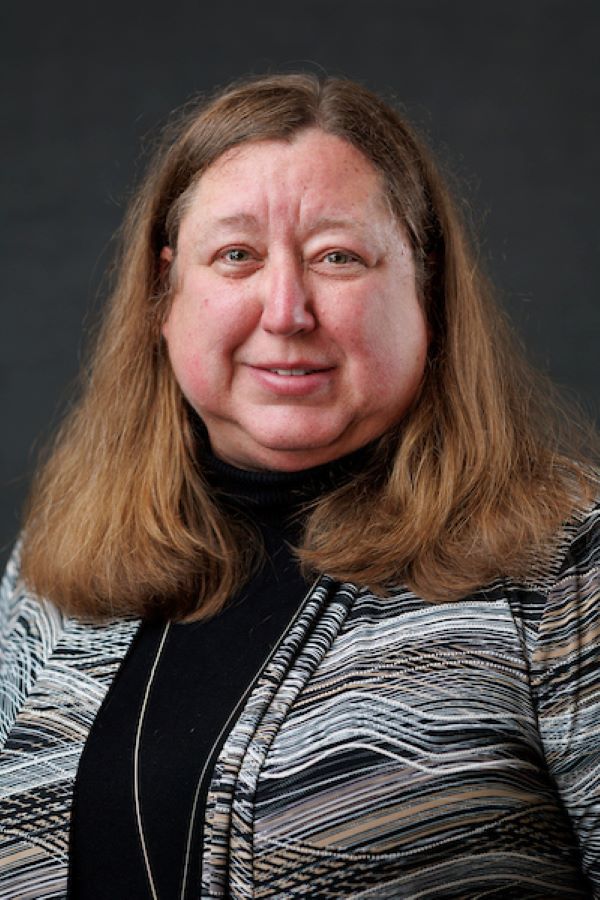Sarah Bondos, PhD

Associate Professor
Contact
Medical Physiology
4417 Medical Research Education Building II
Bryan,
TX
77807
bondos@tamu.edu
Phone: 979.436.0807
Fax: 979.847.9481
Biography
Bondos' laboratory works in two research areas. First, biophysical and genetic approaches are combined to understand how proteins use unstructured regions to sense cellular information and respond by adjusting their function. Methods were developed to purify Ultrabithorax, a full-length, active Hox transcription factor, and this unique opportunity has been used to investigate the role of intramolecular regulatory interactions in tissue-specific protein regulation. Second, methods were discovered to self-assemble Ultrabithorax into robust, extensible materials that are biocompatible and provide unique opportunities for functionalization. These materials are being developed for use as biosensors and to pattern and instruct vascularization in tissue engineering scaffolds.Education and Training
- University of North Carolina, BS, 1993
- University of Illinois, PhD, 1998
Research Interests
- Tissue-specific regulation of protein functionDuring animal development, the Hox transcription factor family determines the identity and guides the formation of many different types of tissues. Because individual members of the Hox protein family drive the development of multiple types of tissues and organs, each Hox protein must be able to infer their location within the animal and specifically and reliably respond by regulating the appropriate subset of target genes. Misregulation of this process can lead to abnormalities or death in developing animals, or promote carcinogenesis and impede wound repair in adults. The lab is determining how regions outside the DNA-binding homeodomain of the Drosophila Hox protein Ultrabithroax (Ubx) enhance DNA binding specificity and respond to conformational changes, tissue-specific alternative splicing, protein interactions and cell signaling cascades. Many of these regulatory mechanisms involve intramolecular interactions between the structured homeodomain and intrinsically disordered (unstructured) regions of the Ubx. These mechanisms are being explored in vitro and in vivo using a combination of biophysical, cell biological and genetic approaches.
- Functionalizable protein-based materialsBondos' lab has also developed methods to self-assemble Ubx protein into novel biomaterials. These materials hierarchically self-associate into structures ranging from nanoscale fibrils to macroscale fibers, films and meshes. Because Ubx self-assembles in mild aqueous buffers, standard molecular biology techniques can be used to create fusion proteins, in which a single polypeptide encompasses the sequence of Ubx and a functional protein. These fusion proteins are capable of both self-assembly and the function of interest, and thus represent a facile method to functionalize and pattern materials. Ubx materials also bind DNA and nanoparticles, further expanding the range of functionalities that can be incorporated into these materials. Ubx materials are currently being developed as tissue engineering scaffolds and biosensors.Graduate training is available through the Medical Science PhD program (Texas A&M University Naresh K. Vashisht College of Medicine), through the MD/PhD program (Vashisht College of Medicine) and other programs that faculty are affiliated with for joint research.
Awards, Recognition and Service
- Faculty Early Career Development (CAREER) Program conferred by National Science Foundation - (Arlington, Virginia, United States)
Representative Publications
Lab Members
Graduate Research Assistants
- Amanda Jons
Undergraduate Students
- Brandon Lookfong
- Max Lara